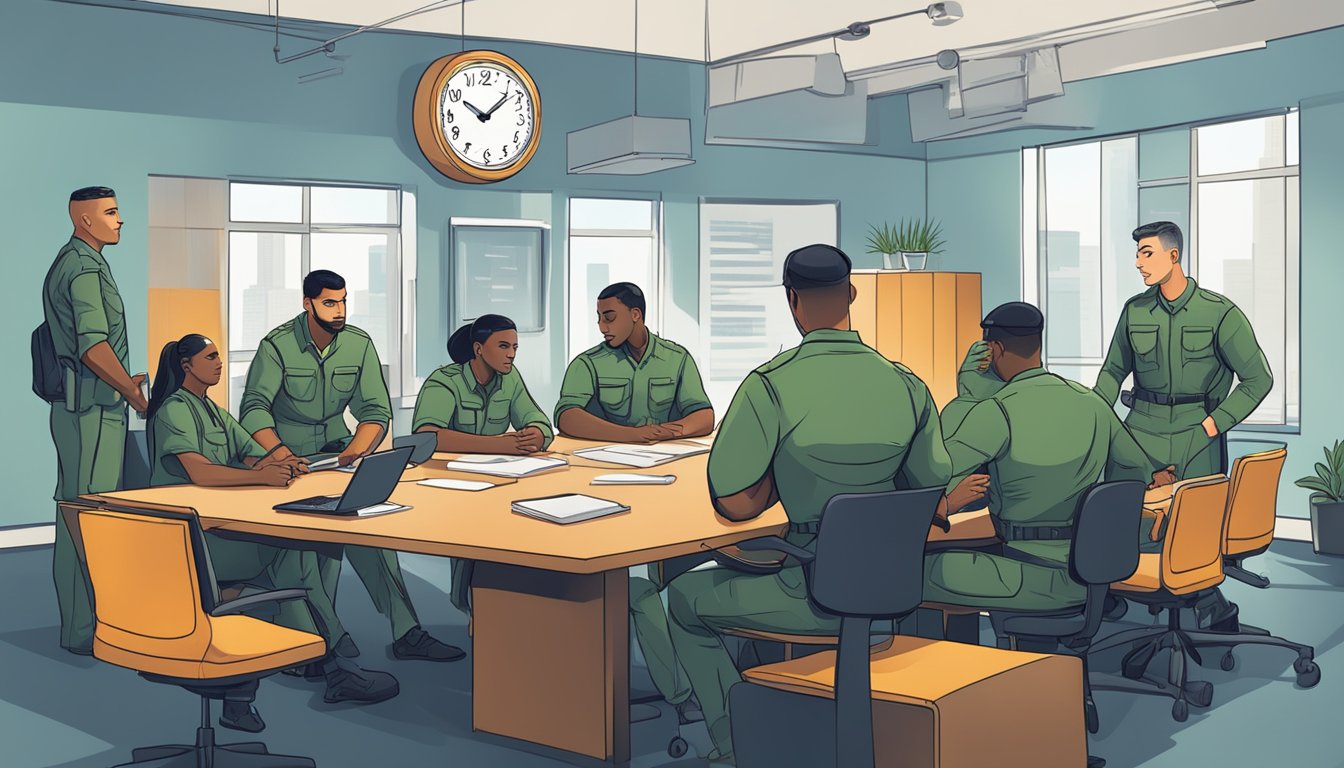Launched in 2013, the Marine Corps established the Career Intermission Program (CIP) as an attractive opportunity for service members seeking a break from their military careers.
This pilot initiative allowed Marines to shift into the Individual Ready Reserve for as long as three years, enabling them to pursue further education, start families, or delve into civilian life.
Program Conditions and Participation
Despite its promise, the program imposed certain conditions.
To participate, Marines needed to agree to return to active duty for twice the length of their absence and apply for one of the limited slots available—20 positions per year for enlisted personnel and an equal number for officers.
Now, after twelve years, the response to CIP has been underwhelming.
As of November 24 last year, only 16 Marines had taken advantage of this program since its launch, a figure that falls below half of the spots offered in its inaugural year.
According to Lt. Col. Emma Wood, who manages the initiative through the Marine Corps’ Strategic Talent Management Group, the participants exhibited a diverse range in their experiences.
Out of those who engaged with CIP, seven successfully completed their active duty commitments after their intermission; three transitioned to different branches of the military for career paths unavailable within the Marine Corps; two were released early after fulfilling their service agreements; three ended their contracts; and one remains in the process of completing their post-intermission duty.
Reasons for Low Engagement
For the architects of this program, the disappointing turnout highlights a significant gap in fulfilling their original vision of retaining Marines considering civilian life transitions.
Several reasons might explain this tepid interest.
Wood mentioned that limited awareness of the program could play a role.
Additionally, the restrictions and demands of CIP might seem unappealing to many Marines, steering them away from participation.
To boost engagement, Wood suggested the potential benefits of a “reserve component-plus” model, which would permit Marines to remain active while being part of the Reserve.
Such a structure could involve extended activation periods that might enhance retention rates and encourage Marines to rejoin after their breaks.
In tandem with this, the Marine Corps is drafting a legislative proposal aimed at overhauling CIP.
The goal here is to transition active duty Marines into a drilling reserve component, moving away from the current non-drilling classification.
This change seeks to enhance readiness and maintain a connection to military life, ultimately increasing the chances of Marines returning after a career pause.
Wider Implications and Recommendations
Challenges like these aren’t exclusive to the Marine Corps; other branches of the U.S. military, including the U.S. Space Force, have their own versions of career intermission programs.
Though specific involvement statistics remain undisclosed across the services, it’s apparent that low participation is a widespread issue.
Katherine Kuzminski from the Center for a New American Security pointed out that programs such as CIP are often highlighted for their support of women during childbirth, yet deep-rooted cultural factors may discourage many from taking part.
She noted that there are established military initiatives more suited for individuals requiring time off.
Nonetheless, Kuzminski believes that the costs of maintaining CIP as an option are low enough to justify its continuation.
In the program’s first three years alone, the Marine Corps dedicated $175,638 to CIP.
To enhance its outreach and effectiveness, Kuzminski advocates for influential leaders to share success stories, thereby instilling confidence in Marines that they, too, can achieve professional growth through this program.
Source: Militarytimes

